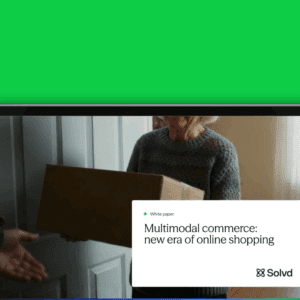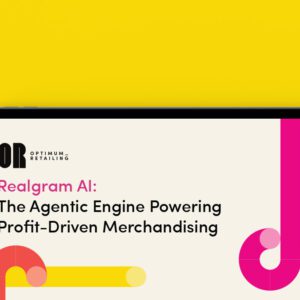By Prachi Gupta, July Systems

How to keep track of the connected customer – that’s the challenge of a modern retailer.
Back in the day, it was not uncommon to find customer data stored in different databases in the finance, sales and marketing departments. To address this challenge of data fragmentation, the CRM was introduced in the retail industry. While it did consolidate data across different departments, it did little else.
Then came digitized storefronts. And it was assumed that a retailer would finally get the elusive ‘360 degree view of the customer.’ Well, the web analytics software was indeed a data generating factory. Retailers could tell how their customers came, how long they browsed, which products they purchased and so on.
But as soon as the customer leaves the digital world and steps into the physical store, the store owners are blindsided. They don’t know anything about the visitor walking into their store. In an age where the digital and physical are coming together, the need for a unified view of the customer keeps increasing. This is where in-store location analytics combined with the CRM data can expand a retailer’s competitive advantage.
Knowledge Is Power: Insights Revealed By Location Analytics
The state of the art location based technologies such as WiFi and beacons can use the location of customers to form a picture of them. While you may be thinking that you can do the same just by looking, ask yourself the following:
- When you put up a display stand, what percentage of customers spend more than twenty seconds looking at it?
- What proportions of visitors are in your store on a weekly basis? How many enter the store once but never return?
- How many people pause outside your shop window, but don’t come in?
- In numerical terms, what is the relationship between the time people spend on your premises and the amount they purchase? Do you have a lot of window shoppers who seldom buy?
Most retail managers will agree that answering questions such as these – and many others like them – are difficult in the absence of empirical data. One cannot make better business decisions by simply relying on a general overview of store operations. Observing customers’ actual behavior with location analytics provides the most accurate, most detailed information available on what customers really want, and how they feel about your brand.
Magic Unfolds: Integration With Customer Relationship Management Systems
While the capability of location analytics opens up some interesting possibilities, location data is only the tip of the iceberg.
You probably already have quite a bit of information on your customers: their purchase history, the results of online engagement, activity on your website and loyalty program data. But what can these insights do to raise revenue and attract repeat business?
All of these are useful by themselves but the real magic happens when all these multiple data sources are integrated.
Consider this: you have a customer who used to buy at your store frequently, but hasn’t been in for a while. If you combine in-store location analytics with your CRM data, you can automatically send a promotional email to draw his business back. Another customer who frequently browses in a certain section of the store might be a prime candidate for a promotion focused on those product lines.
Get Access To Rich And Quality Data Sets
With intelligent application of the available location technology and a little common sense, such opportunities start to appear, seemingly out of nowhere. “Big Data” is no longer just about improving the efficiency of a retailer’s assembly lines or telling them how to optimize their floor layout. It can also be effectively used to improve the profitability of a retail store, while offering personalized shopping experiences to customers.
Prachi Gupta is an editor and tech blogger at July Systems, a San Francisco based location intelligence and mobile engagement SaaS provider. July’s latest offering Proximity MX provides retail stores and shopping centers with the ability to track, tag and engage visitors at their premises through WiFi, BLE and GPS.






